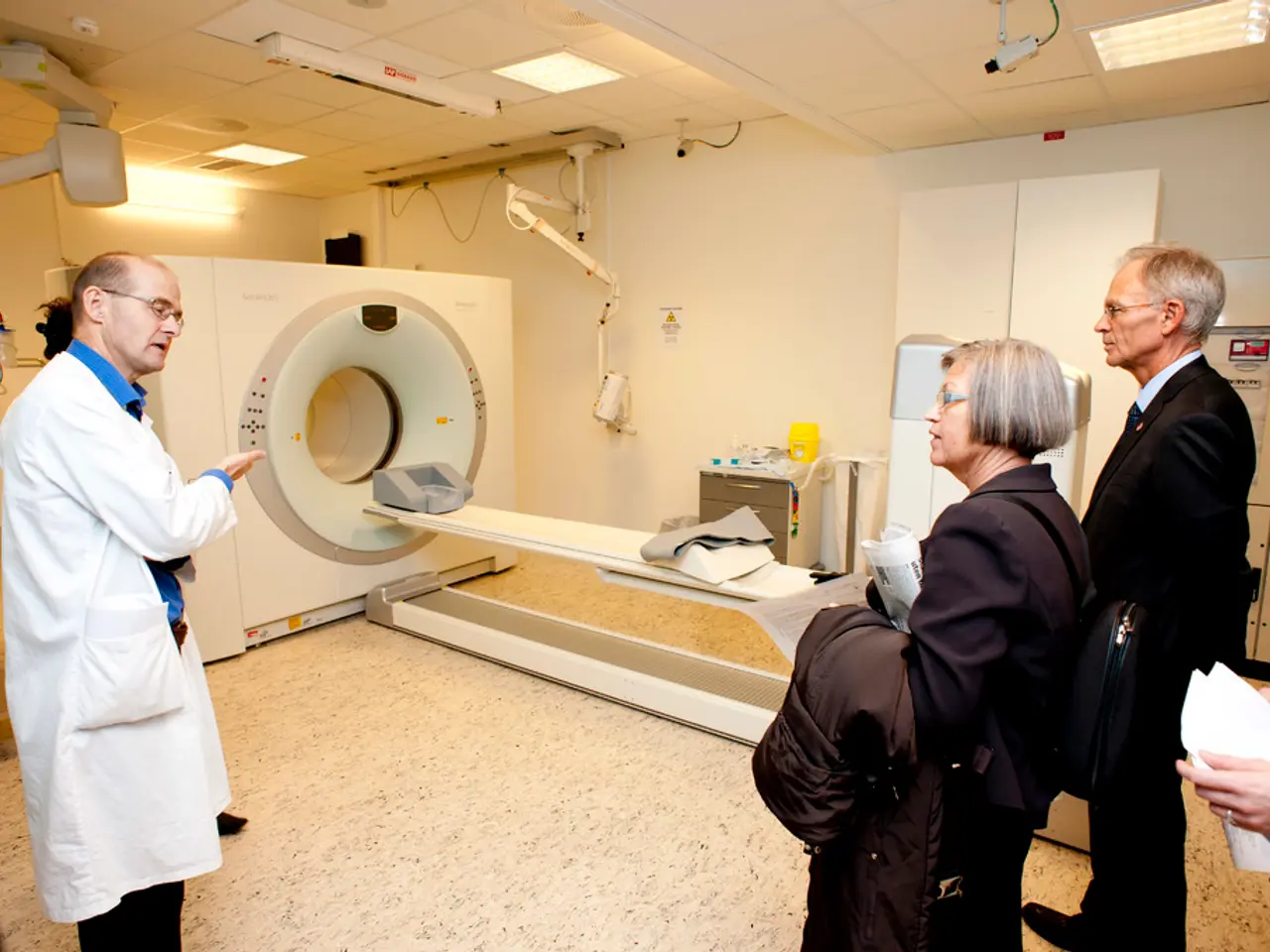Intensified one-sided headache episodes: Frequency of cluster headache diagnosis on the rise - Frequent, intense bouts of one-sided headache pain: diagnosis of Cluster Headache observing a rise in frequency
In recent years, there has been a notable increase in the diagnosis of cluster headaches, a severe type of headache characterized by unilateral pain in the temple and eye [1][2]. The global annual increase in diagnosis is estimated at about 7%, reflecting improved awareness, diagnostic capability, and possibly environmental or genetic factors [3].
Trends and Advances
The rising diagnostic trend is likely due to better recognition and diagnostic tools, and advances in treatment, including personalized medicine and non-invasive neuromodulation devices, are reshaping clinical management [3]. This is particularly evident in North America, where the cluster headache market is expanding, driven by healthcare infrastructure and reimbursement policies [3][4].
Demographics
Cluster headaches typically onset between ages 20 and 40 [2]. The condition affects men about 3 to 4 times more often than women, despite one study showing a smaller female-to-male ratio (~1.3:1) for cluster headaches [1][2]. In a large U.S. dataset, all trigeminal autonomic cephalalgias (TACs), including cluster headache, showed regional prevalence variation and sex differences [1].
Regional Variations
In the United States, the Midwest region showed the highest prevalence of cluster headaches (69.3 per 100,000) [1], while the West had the lowest prevalence among four geographic census regions studied. North America, especially the U.S., dominates the market and diagnosis rates, reflecting its healthcare infrastructure and awareness levels [3].
Symptoms and Management
Typical accompanying symptoms of cluster headaches include tearing of the eye, a runny nose, or a drooping eyelid. Pure oxygen therapy is a common method for managing acute cluster headaches, as many people find that breathing pure oxygen helps in managing these painful episodes [1]. Conventional pain relievers are of little use in acute cluster headaches.
Impact and Future Directions
The need for targeted medical help in managing cluster headaches is highlighted due to the significant impact on the quality of life of affected individuals. Barmer CEO Christoph Straub emphasized this point, underscoring the disruptive nature of cluster headache attacks. As the prevalence of cluster headaches continues to rise, it is crucial to continue researching and developing effective treatment strategies and diagnostic tools to improve the lives of those affected.
References:
[1] May, A., & Hagen, T. M. (2019). Trigeminal Autonomic Cephalalgias. In StatPearls [Internet]. StatPearls Publishing.
[2] Schwedt, T. J., & Lipton, R. B. (2019). Cluster headache. In StatPearls [Internet]. StatPearls Publishing.
[3] Barmer Institute for Health Research (bifg). (2023). Cluster Headache: Epidemiology, Trends, and Management. Retrieved from https://www.bifg.de/en/research-areas/epidemiology/cluster-headache/
[4] GlobalData. (2021). Cluster Headache - Pipeline Review, H1 2021. Retrieved from https://www.globaldata.com/report/cluster-headache-pipeline-review-h1-2021/
- The increase in the diagnosis of cluster headaches might be due to advancements in science, particularly in the development of diagnostic tools and personalized medicine.
- Given the rising prevalence of cluster headaches, there is a growing need for healthcare policies that ensure access to effective treatment and affordable healthcare infrastructure, such as in North America.
- In light of the impacts of cluster headaches on quality of life and the potential for CBD, further research is needed into its potential neurological benefits in managing this condition.




